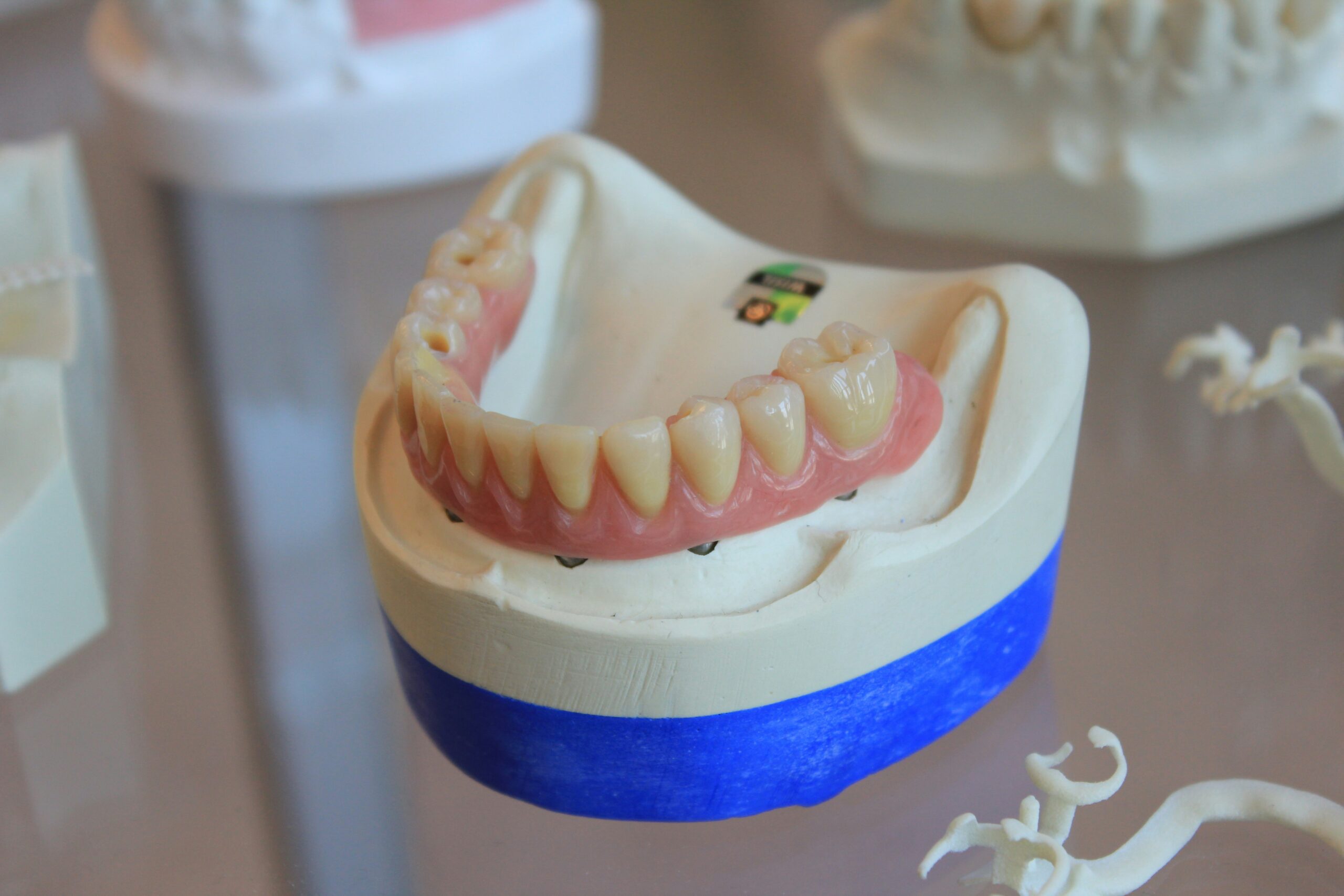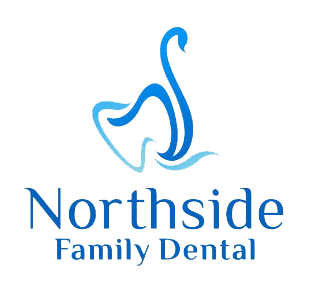Regular dental cleanings are essential for maintaining optimal oral health. Whether you’re a seasoned patient or someone with dental anxiety, understanding the process can make your experience more comfortable.
The importance of regular dental cleanings cannot be overstated. These appointments help prevent cavities, gum disease, and other oral health issues that could lead to more invasive treatments.
Key takeaway: Knowing what to expect during a dental cleaning can help alleviate anxiety and ensure you have a positive experience at the dentist. This guide will walk you through everything you need to know about dental cleaning—from start to finish.
Before Your Dental Cleaning Appointment
Preparing for a dentist’s appointment can help ensure you have a smooth and stress-free experience. A crucial step before the actual cleaning begins is to discuss any current dental issues with your hygienist. This initial conversation allows you to inform them about any sensitivities, pain, or concerns you might have. By doing so, the hygienist can tailor the cleaning process to avoid aggravating any existing problems and provide the most comfortable experience possible.
Managing Anxiety During Dental Visits
Anxiety and dental visits often go hand in hand for many people. It’s not uncommon to feel apprehensive about sitting in the dentist’s chair. Here are some strategies to help manage anxiety:
- Communicate Your Fears: Let your dentist and hygienist know if you’re feeling anxious. They can take extra steps to make you more comfortable.
- Breathing Techniques: Practice deep breathing exercises to help calm your nerves.
- Distraction: Bring headphones and listen to music or an audiobook during your appointment.
- Sedation Options: Ask about sedation dentistry if your anxiety is severe. Options range from mild sedatives to general anesthesia.
The Role of X-rays in Dental Cleanings
X-rays play a vital role in comprehensive dental care. During your dental cleaning appointment, you may be asked to have X-rays taken. Understanding this process can demystify it and reduce any associated anxiety.
Process of Taking X-rays:
- Preparation: You’ll wear a protective lead apron to shield your body from radiation.
- Positioning: The technician will position a small device inside your mouth that holds the X-ray film or digital sensor.
- Imaging: After positioning, you’ll be asked to stay still for a few seconds while the image is captured.
Benefits of X-rays:
- Early Detection of Cavities: X-rays can reveal cavities that aren’t visible during a standard visual examination.
- Assessment of Bone Health: They help evaluate the health of the jawbone and detect bone loss associated with gum disease.
- Monitoring Development: For children, X-rays monitor tooth development and alignment, ensuring timely intervention if needed.
By understanding these preparatory steps and the role of X-rays, you can approach your dental cleaning appointment with greater confidence and less anxiety.

The Dental Cleaning Process Explained
Understanding what happens during a dental cleaning can make the experience less daunting. Here’s a detailed look at the dental cleaning process, including the tools used and why regular cleanings are crucial for maintaining good oral health.
Overview of Tools Used During the Cleaning
Dental hygienists employ a variety of tools to ensure your teeth are thoroughly cleaned:
- Handheld Tools: These include scalers and curettes, which are used to manually remove plaque and tartar from the teeth.
- Electronic Tools: Ultrasonic scalers use high-frequency vibrations to break apart tartar and plaque, making the removal process quicker and often more comfortable.
Each tool is meticulously designed to target specific areas of your teeth, ensuring that both visible surfaces and hard-to-reach spots are effectively cleaned.
Description of How Tartar and Plaque Are Removed Gently
The actual cleaning process involves several steps:
- Scaling: Using either handheld or electronic tools, your hygienist will carefully scrape away plaque and tartar from the surface of your teeth. The ultrasonic scaler may produce a slight buzzing sound, but it’s generally painless.
- Polishing: After scaling, your teeth are polished with a gritty toothpaste-like substance called prophylaxis paste. This helps to smoothen the tooth’s surface and remove any remaining stains.
- Flossing: Finally, your hygienist will floss between your teeth to remove any residual debris and ensure that every nook and cranny is clean.
These methods are designed to be as gentle as possible while effectively removing harmful dental buildup.
Understanding the Importance of Regular Dental Cleanings
Regular dental cleanings play a vital role in maintaining not just oral health but overall well-being as well.
Benefits of Maintaining Good Oral Hygiene Through Regular Cleanings
Routine dental cleanings offer numerous advantages:
- Prevention of Gum Disease: Regular removal of plaque reduces the risk of developing gum diseases like gingivitis.
- Early Detection of Issues: Regular visits allow for early detection of cavities, gum disease, and other potential problems before they become severe.
- Fresher Breath: Removing plaque and tartar buildup results in fresher breath.
- Enhanced Aesthetic Appeal: Clean teeth look brighter and more appealing.
Plaque removal is critical because if left untreated, plaque can harden into tartar—a substance that can only be removed by professional cleaning.
What to Expect During the Dentist’s Examination After Your Cleaning is Complete
Once your dental cleaning is finished, the next step involves a thorough teeth examination post-cleaning by your dentist. This is a critical phase where the dentist evaluates your overall oral health and checks for any signs of issues that may need attention.
During this examination, you can expect:
Visual Inspection: The dentist will closely examine your teeth and gums for any visible signs of cavities, gum disease, or other oral health issues.
- Probing for Gum Health: Using a special tool, the dentist may gently probe your gums to check for pockets or gaps that can indicate periodontal disease.
- Checking for Bite Issues: Your bite alignment might be assessed to ensure there are no problems with how your teeth come together.
- Oral Cancer Screening: A quick but important check where the dentist looks for any abnormalities in your mouth, throat, or tongue.
This comprehensive examination allows the dentist to identify potential problems early on, which can prevent more invasive procedures down the line.
Managing Dental Anxiety During Cleanings and Treatments
Dental anxiety is a common concern for many patients. Understanding what happens during each step of the dental visit can significantly reduce this anxiety. Here are some strategies to help manage dental anxiety:
Open Communication: Discuss your fears with your dentist or hygienist before the appointment begins. They can provide reassurance and explain each step of the process.
- Distraction Techniques: Bringing headphones to listen to music or an audiobook during the cleaning can help distract from anxiety-inducing sounds.
- Relaxation Techniques: Practices such as deep breathing exercises or progressive muscle relaxation can be effective in calming nerves before and during the appointment.
Importance of Early Detection in Preventing More Invasive Procedures
Early detection of dental issues is paramount in maintaining good oral health. Regular examinations allow dentists to catch problems like cavities or gum disease at their earliest stages when they are most treatable. Addressing these issues promptly can prevent them from developing into more serious conditions that require extensive treatments such as root canals or tooth extractions.
Overview of Sedation Options Available for Anxious Patients
For those who experience significant dental anxiety, sedation dentistry offers various options to help ensure a comfortable experience:
- Nitrous Oxide (Laughing Gas): A mild sedative inhaled through a mask that helps patients relax while remaining awake.
- Oral Sedation: Medications taken by mouth that produce a moderate level of sedation, making you feel drowsy but still awake.
- IV Sedation: Administered through a vein, this method provides deeper sedation and is often used for more complex procedures.
Each type of sedation has its advantages and suitability depending on the patient’s level of anxiety and the nature of the dental procedure. Discussing these options with your dentist beforehand ensures that you receive care in the most comfortable manner possible.
Maintaining Oral Health After Your Dental Cleaning Appointment
Proper dental hygiene post-cleaning is essential to keep your mouth healthy and prevent future issues. Here are some recommended practices:
- Brush Twice Daily: Use a soft-bristled toothbrush and fluoride toothpaste. Brushing in the morning and before bed helps remove plaque that builds up over the day.
- Floss Daily: Flossing removes food particles and plaque between teeth where a toothbrush can’t reach, reducing the risk of cavities and gum disease.
- Use Mouthwash: An antimicrobial or fluoride mouthwash can help reduce bacteria in the mouth and strengthen tooth enamel.
- Stay Hydrated: Drinking water throughout the day helps wash away food particles and keeps your mouth moist, aiding in the prevention of tooth decay.
- Limit Sugary Foods and Drinks: Sugars can lead to tooth decay. Opt for healthier snacks and avoid sugary beverages when possible.
- Avoid Tobacco Products: Smoking or chewing tobacco increases the risk of gum disease, tooth decay, and oral cancer.
Regularly following these dental hygiene tips post-cleaning ensures that your teeth stay clean and healthy until your next dental visit.
Regular dental cleanings are essential for maintaining oral health and preventing more serious dental problems. At Northside Family Dental, we understand the importance of these appointments and offer comprehensive family services tailored to your needs.
Why choose Northside Family Dental?
- Expert Care: Our team of experienced professionals ensures each visit is comfortable and thorough.
- State-of-the-Art Technology: We use the latest tools and techniques to provide the best care possible.
- Family-Friendly Environment: We cater to patients of all ages, making it easy for your whole family to stay on top of their dental health.
Make an appointment with a trusted Lakeland dentist today and experience quality care designed to keep your smile bright.
Frequently Asked Questions
What should I expect at a dental cleaning?
During a dental cleaning, you can expect a thorough examination of your teeth and gums, plaque and tartar removal using specialized tools, and a discussion about your oral health. The hygienist will also provide tips on maintaining good dental hygiene.
How often should I get a dental cleaning?
It is generally recommended to have a dental cleaning every six months. However, the frequency may vary based on individual needs and risks, so it's best to consult with your dentist for personalized advice.
What if I have anxiety about visiting the dentist?
If you experience anxiety about dental visits, it's important to communicate this with your hygienist or dentist. They can offer strategies to manage anxiety, such as relaxation techniques or sedation options to make your visit more comfortable.
Are X-rays necessary every time I visit?
X-rays are not required at every visit but may be necessary depending on your individual circumstances. Your dentist will determine the need for X-rays based on your oral health history and any current issues.
What happens if my dentist finds a cavity?
If a cavity is detected during your dental cleaning, your dentist will discuss the findings with you and recommend follow-up procedures. This may include scheduling a filling or further treatment to address the issue.


